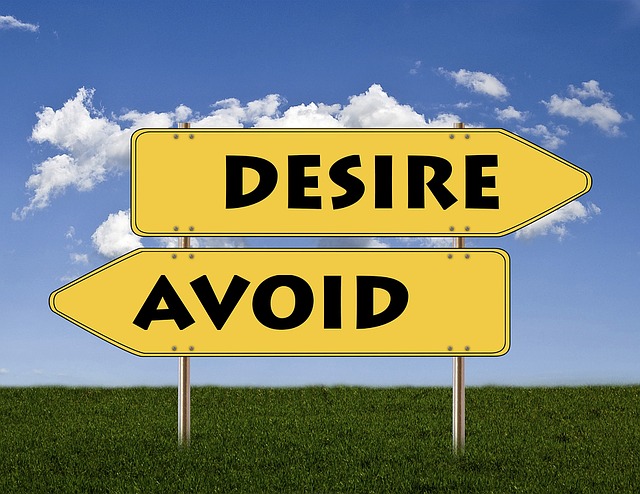In today’s post I continue to explore the theme of obstacles to meditation introduced by Diana Winston. I have previously explored obstacles such as sleepiness, desire and aversion. Here I want to focus on restlessness as a universally experienced obstacle to meditation.
Diana, in introducing restlessness as an obstacle in her meditation podcast, makes the point at the outset that “obstacles” can be viewed as part and parcel of our human experience rather than problems to be solved. By reframing obstacles as integral to life experience and what we encounter in meditation, we can more readily face them with a positive, encouraging mind and avoid criticising our self because they arise.
Restlessness is a natural human condition as our minds are conditioned to scan our environment for threats or impending challenges. Our amygdala, our fight/flight response centre, keeps us on the alert for anything that may stress or harm us. So, our mind tends to wander from one thing to another scanning our internal and external environment.
Overcoming the obstacle of restlessness during meditation
Diana explains in her podcast that there are at least three possible ways to gain control over restlessness during meditation – (1) more precise focus, (2) wider awareness, and (3) paying attention to the experience of restlessness itself.
- Becoming more precise – for example, if your focus is on your breathing, then being more precise involves focusing more closely on the experience of breathing. This entails observing not only the in-breath and out-breath but the space between. It can also involve moving awareness to different parts of the body where you experience your breathing – your nose, chest, abdomen.
- Developing a wider awareness – make your focus more expansive by taking in the sounds around you, being conscious of your posture and its effect on your meditation, shifting your posture to change your focus, noticing where your mind is going to, e.g. today’s activities, future pleasurable activities, desires and wants.
- Focus in on the experience of restlessness and its bodily manifestation – shifting position frequently, wanting to get up from the meditation, feeling tense in the shoulders or back. This focus involves being with what is at the present moment.
As we grow in mindfulness through meditation practice we can learn ways to overcome obstacles such as restlessness, desire and sleepiness.
By Ron Passfield – Copyright (Creative Commons license, Attribution–Non Commercial–No Derivatives)
Image source: courtesy of paco on Pixabay
Disclosure: If you purchase a product through this site, I may earn a commission which will help to pay for the site, the associated Meetup group and the resources to support the blog.









